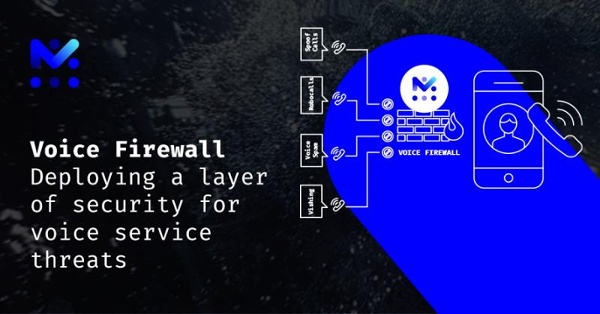A growing ecosystem of 5G networks and IoT services is emerging globally, and private 5G networks are set to become increasingly relevant as well. According to Juniper Research, 5G connections are expected to rise globally by 150% between 2019 and 2025, driven by aggressive pricing strategies and extensive device support in the geographies with the fastest adoption.
Across industries, businesses are forging ahead with 5G innovations for automobiles, smart cities, manufacturing, utilities, eHealth, and more. This new environment introduces new players beyond the traditional telco environment along with new business models and opportunities, while also opening up the value chain to hitherto unseen security risks and decreased control over the end user’s quality of service. As businesses move to taking advantage of these new opportunities, telecom operators need to address the many challenges that will inevitably crop up in the interconnectivity between these private and public networks to assure network security and service quality. Multi-technology networks will continue to play a dominant role for many years to come, making the interconnections between networks all the more complex.
While we think of interconnection in the simplest of terms as the functionality of allowing seamless delivery of services to users on different networks, it requires significant collaboration between networks to create this seamless service environment. As 5G gives rise to newer services along with an increase in IoT and private networks, the concept of ‘roaming’ has evolved beyond just international travel. The complexity of managing this plethora of handoffs - whether with interconnect carriers, private enterprise networks, or domestic networks - is only going to grow.
Private networks are already starting to crop up around the globe, elevating the need for service providers to deliver specific performance requirements, such as specialized service levels for latency, speed, experience, and other factors.
Network slicing is integral to operators’ efforts to showcase greater efficiency and productivity to their enterprise customers. As network slicing consists of multiple virtual networks on top of a single physical network, operators will be able to provide specific network capabilities and characteristics that will need to be carried over as much as possible into their legacy 4G environments as customers move in and out of 5G coverage.
And then there’s IoT. Driven by the industrial sector, IoT connections are expected to reach 83 billion by 2024, a 130% increase over 2020. That’s a lot of devices requiring varying degrees of connectivity, and each one poses their own security risks to the network.
Seamless 5G interoperability and security will be key
The wonderful thing about 5G is the amount of data that can be captured across a myriad of devices. Unfortunately, these devices also provide a larger attack surface for unauthorized users, especially when interconnecting between various networks, leading to greater security threats.
To deliver the enhanced 5G services enterprises desire, and provide them with the efficiency, productivity, and security they demand, while still maximizing return, operator’s business and network operations will need greater resiliency and automation. In order to achieve this, network teams in a 5G era will need the following capabilities:
- Enhanced security, fraud detection, and policy controls combined with call blocking capabilities
- Wholesale partnership management to reduce the barriers between international and domestic roaming
- eSIM management for better subscriber and enterprise roaming
- 5G slice management for a seamless user experience across private, public, or shared networks
- Policy-driven network steering, paired with machine-learning powered analytics to ensure quality connections are maintained and appropriately monetized
As 5G services see increased adoption, legacy systems will need to manage the influx of data across multiple technologies securely. Service providers will require deep expertise in different functional domains such as core network security, interconnectivity across networks built on heterogeneous infrastructure, inter-operator roaming, risk and business assurance, and proactive monitoring and testing, coupled with rich, data-driven, cloud-native tools that help realize the vision of a secure, scalable, and flexible service environment for their enterprise and consumer customers.
A rich and diverse set of intelligence solutions with action capabilities will become increasingly more important to address a wide range of these emerging needs and use cases, as telecom networks are entering a decade of deep and continuous transformation.




Let Us Know What You Thought about this Post.
Put your Comment Below.